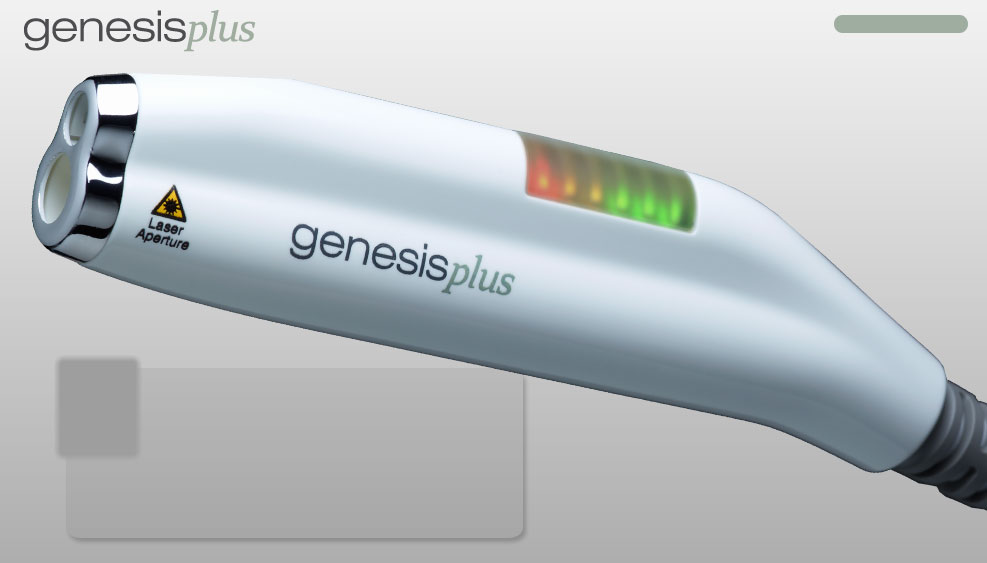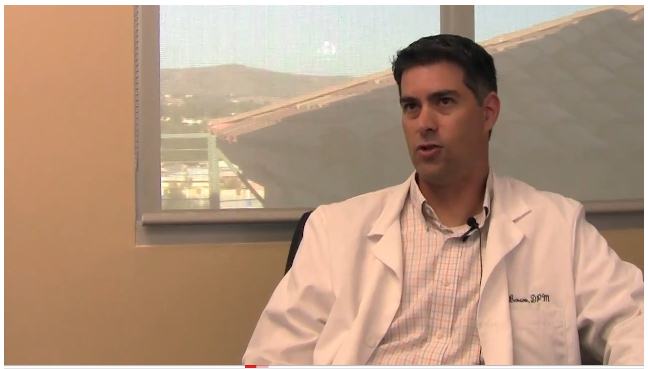A Beautiful Solution to Ingrown Nails
By: Michael A. Zapf, DPM
As filling a cavity is to your dentist, and listening to your lungs is to your family doctor, so is repairing an ingrown nail to your podiatrist. Fixing an ingrown nail is one of the first things we learn in podiatric medical school. Every podiatrist graduates with the certain knowledge that they know how to fix an ingrown nail both temporarily and permanently. What separates one podiatrist from another is the art of dealing with the fears of the patient, and aesthetics of the ingrown nail repair. In our office, the doctors of the Agoura-Los Robles Podiatry Centers have performed many thousands of ingrown nail repairs, and we have come to appreciate the subtleties and the aesthetics of the procedure.
I remember the first ingrown nail I repaired in podiatric medical school some 25 years ago. I worried about it for two days. I saw the patient on our Thursday afternoon clinic during my junior year in school. The young lady whose toe I was about to anesthetize would be the second toe I had ever made numb; the first was on a classmate the day prior (which answers the frequent question about how we ever learned to give injections). I reflect, with honor and awe, the courage all of the patients the medical school had come in and let us use them for our practice. I digress. The whole procedure that day took about two hours. Little did I know that in the future I would have to do this whole procedure in less than 30 minutes. A few years later I would be teaching this technique to junior students. I have seen more than one case where the entire three-hour afternoon clinic was devoted to the repair of just one ingrown nail. Ah, those were the days.
The name “ingrown nail” is a bit of a misnomer. Yes, it is where the ingrown nail pushes into the side of the toe creating redness, inflammation and pain. But more often than not it is the sock and shoe which push the tissues of the toe into the otherwise benign nail. It can occur in two varieties: acute and chronic.
Acute ingrown nails tend to occur in the younger population with a heavy predominance in the teenage years. These ingrown nails tend to be very swollen, red, draining and ridiculously painful. By the time we see these patients they have tried soaking the foot, using topical antibiotics and, in many cases, a course of oral antibiotics provided by their pediatrician or family doctor. These younger patients, even the huge high school football players, are often very afraid to tell their parents of their plight. They are afraid they will end up in an office like mine with a need to remove the edge of the ingrown nail. They have a sense that this will require an injection of anesthesia, which is usually the case. Fear of an injection keeps them from telling their parents of the ingrown nail until infection, severe pain or the site of a bloody sock arouses suspicion in mom or dad. These young people present to our office in as much apprehension as pain. It is in patients like these that we prove our worth. All three of us are gentle and specialize in cowards.
The first step in preparing an ingrown nail of this sort will require the toe to be put to sleep with local anesthetic. Each of the three doctors in our office have slightly different techniques to accomplish this with the least amount of pain. We are all parents of teenagers, or near teenagers, and are very sensitive to the fears they have about the visit to the podiatry office. In my case I use the smallest needle and smallest syringe possible and anesthetize the toe with less than 1 mL of plain Xylocaine. Before I inject, I use a topical refrigerant anesthetic and, for the more timid patients, I have purchased a vibration device that blocks most of the pain of the injection. In my 25 years of practice I have had only three patients who would not let me inject their toe. For these patients we have resorted to using a surgery center and gentle, quick acting inhalation anesthesia. All of the other hundreds, perhaps thousands, of patients have allowed me to inject their nail and have always been surprised at how little pain my injection produced.
Adult ingrown nails are somewhat different. Usually the ingrown nail of an adult patient is not swollen and draining but is, instead, mildly inflamed and chronically painful with any pressure on the outside of the toe. While most adults are not nearly as afraid of the injection as the teenagers, I still use all of the techniques that I use to make the injection painless for the children on the adults. I figure, why should the kids have all the fun?
Once the toe is numb we have a decision to make. Should we perform a simple procedure where the edge of the toenail is trimmed to get the patient out of the immediate pain? Or should we perform a more permanent procedure so that the ingrown nail will never return? This is a question all podiatrists face every time a patient within ingrown nail comes to the office. The simple answer is, if the ingrown nail is expected to return then a permanent correction is advised. Every podiatrist has a little different view on this so you will expect to have a discussion with your podiatrist about the best method for you. In my perspective an ingrown nail that has occurred for just the first time probably needs just a temporary removal of the edge of the nail. Recurrent and chronic ingrown nails usually require permanent correction. I do bias this a little bit with my younger patients who are terrified of the anesthesia process. My reasoning here is that we only want to anesthetize the toe one time. If the child or the teenager allows me to get the toe numb, then I am going to fix it permanently so they are not faced with this dilemma ever again.
Once the toe is anesthetized we use some rather delicate instruments to remove a very thin edge of the nail plate. You will be happy to know that all three doctors in our office are very conservative in the amount of the nail that is removed. We have seen patients that have had so much nail removed that the remaining nail looks offensive to the patient. Sometimes the nail is so thin it resembles a claw. We never want this to happen in our office. All three of us figure that it would be better to go back at a later date and remove a little more nail then to have the patient feel we removed too much nail the first time. My analogy that I use with my patient’s is going to the hairdresser before an important occasion. The last thing you want is to be aghast that too much hair was cut. It would be much better for the hairdresser to remove not enough hair and have you asked them to remove more than to have you feel the special occasion was ruined by removing too much hair the first time. I can’t emphasize this point enough. For the many years I taught this procedure at the LAC/USC Medical Center, I continually begged and pleaded with my students not to remove too much nail. More can always be removed.
Once the edge of the nail is removed a decision needs to be made about whether the nail removal should be temporary or permanent. If the nail border removal is temporary then the toe is dressed with a dressing at this point. If the nail border removal is going to be permanent then a chemical is used to kill the nail root responsible for growing the thin edge of the nail. Done correctly you will never even noticed that any nail border was removed. The accompanying photograph is of a young woman who returned to the office 10 days after a permanent nail removal procedure was performed. I cannot imagine that anyone would be embarrassed to show this nail to anyone. It looks perfectly natural and normal. This is the result that all the doctors in our office try to achieve every time we perform a permanent nail procedure.
It may be beneficial to read the written testimonial this young lady gave about her nail procedure.
“After two years of pain due to an ingrown toenail and unsuccessful treatment by a different Dr. I was excited to read about doctors asked technique in the local newspaper. The procedure took only a few minutes and I had only minimal pain that night. I was nervous to remove the bandage the next day, but was pleasantly surprised that I could hardly even tell he had removed the edge of the nail. Within two days I was back to walking the dog and wearing sneakers. Just a couple of days later I was running and just yesterday playing tennis without pain. Nine days later, my toe looks great and feels great. I only wish I had known about this two years ago. Much thanks to Dr. Zapf.”
-Alicia S
If you have an ingrown nail please feel free to make an appointment with Dr. Benson, Dr. Payne or with myself. We all are trained in the treatment of ingrown nails using both the temporary and the permanent procedure. We do it with a minimal amount of pain and specialize in doing the procedure on children. Our goal when doing a permanent procedure is to make it look like the one in the photograph accompanying this story.
If you would like to tell us about your ingrown nail experience, either in our office or from another doctor, please let us know by sending us an e-mail at admin@conejofeet.com
If you have any questions about your ingrown nails we will be also more than happy to answer them on our website, https://conejofeet.com




